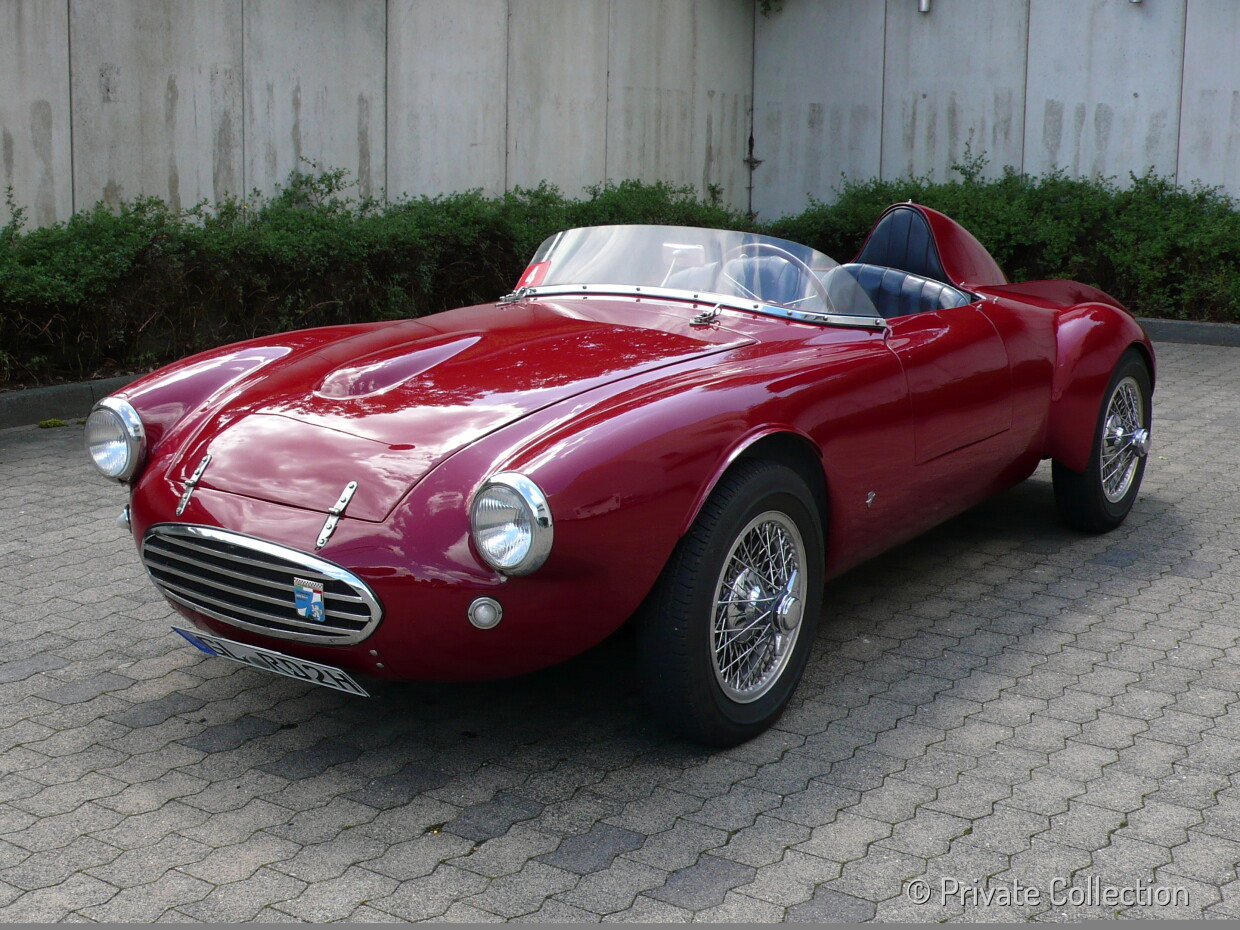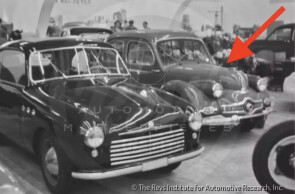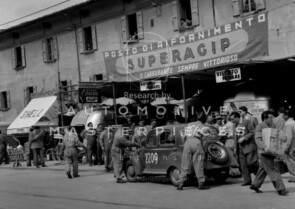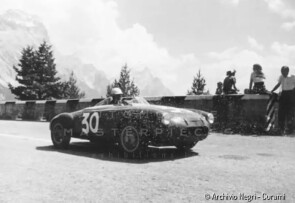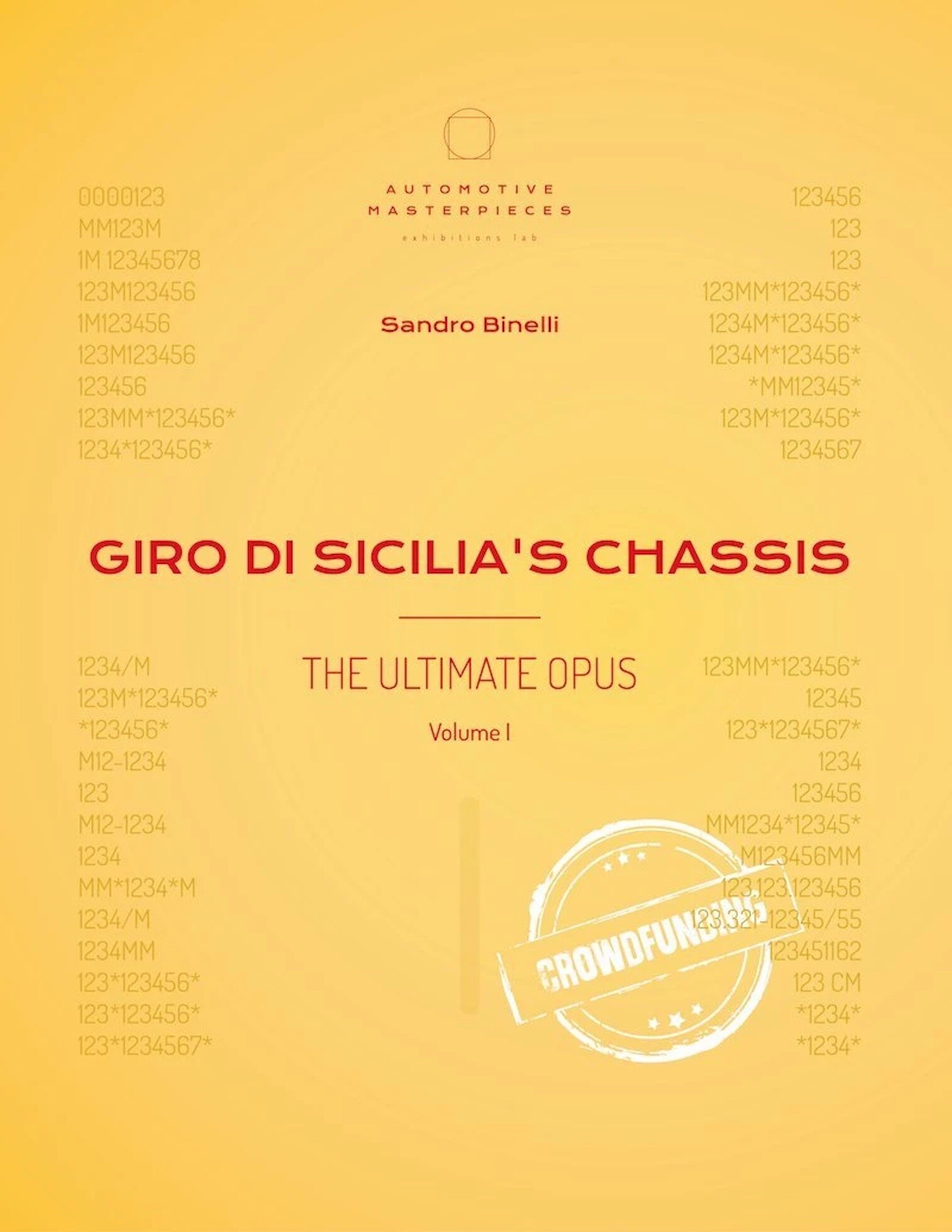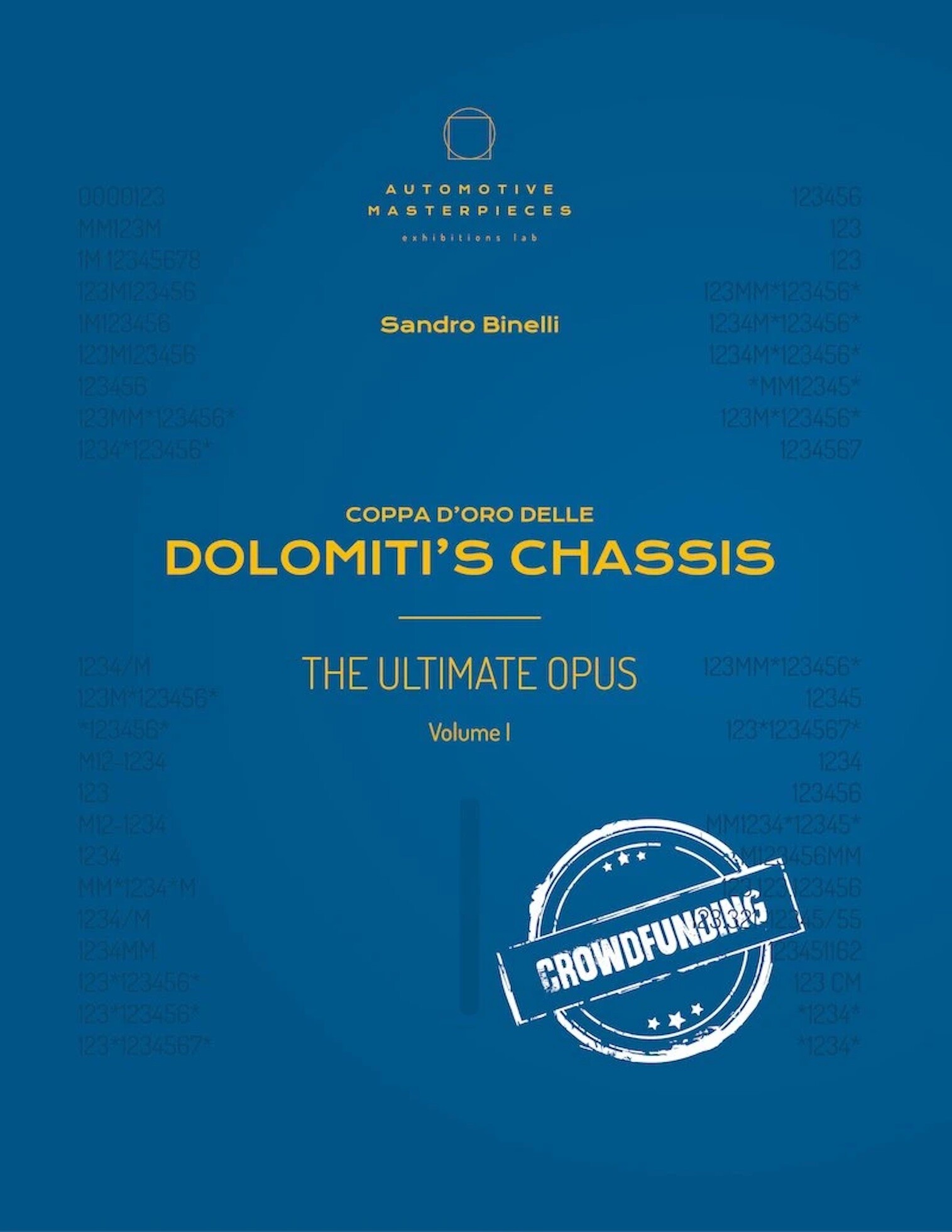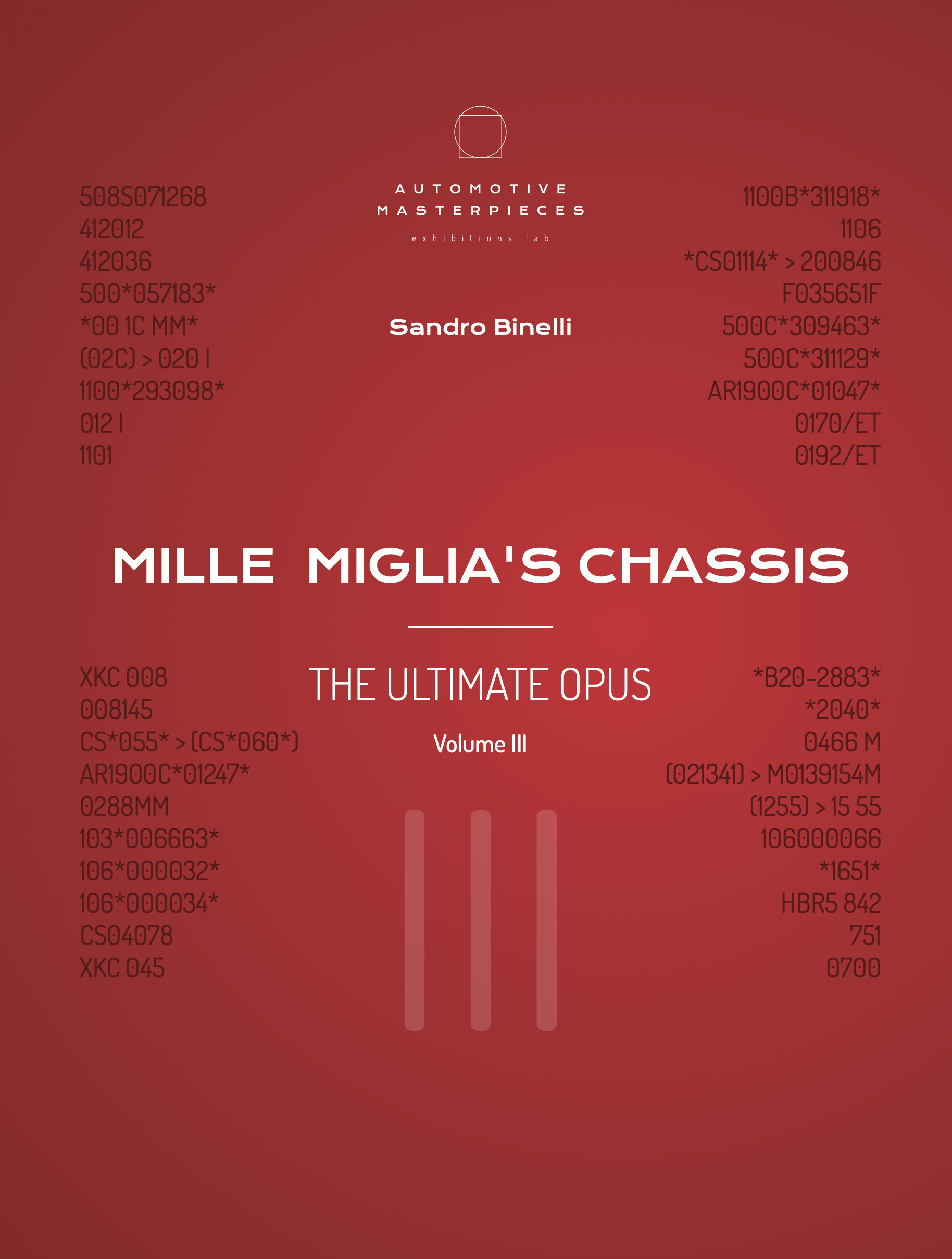
1950 Panhard Autocorse Gilco 750 Sport Spider
ON/OFF
Why am I an Automotive Masterpiece?
The Panhard Dyna X was a subcompact car produced by the French manufacturer Panhard from 1948 to 1953. It holds the distinction of being the first mass-produced car with an all-aluminum body. In 1943, engineer Jean-Albert Grégoire presented a car that incorporated many of the technical principles of the Amilcar Compound (notably its chassis and suspension). The project was initiated by Aluminium Français to promote the use of aluminum in automotive construction, but initially failed to attract the interest of manufacturers. However, under the framework of the “Plan Pons,” Panhard reached an agreement with Grégoire to continue development of the AFG prototype (Aluminium Français – Grégoire), providing the mechanical components. The result was the Dyna, featuring an aluminum body on a steel frame, an air-cooled 610 cc aluminum flat-twin engine, a four-speed gearbox, independent suspension on all four wheels (coil springs in front and torsion bars at the rear), and—most notably—front-wheel drive. The Dyna was first shown at the 1946 Paris Motor Show, and production began in October 1947, with bodywork subcontracted to Facel-Métallon (later known for producing the luxurious Facel Vega). From 1948, the car was sold as the Dyna X type 100 (X84), with only minimal changes from the 1946 prototype. The name referenced its top speed of 100 km/h. In 1950, the model gained a new grille with a central circular motif, and the type 110 (X85) replaced the 100. The 610 cc engine (classified as 3 CV) was upgraded from 22 to 28 hp (SAE). In April 1950, a new 745 cc engine (4 CV) producing 32–34 hp was introduced in the type 120 (X86). In February 1952, an optional Sprint version of the 4 CV engine offered 36–37 hp, thanks to a revised camshaft and a twin-barrel carburetor. In April, a roadster derivative named Dyna X Junior was launched. In June, the type 130 (X87) received a more powerful 5 CV / 851 cc engine, while the older types 110 and 120 were discontinued in December. For the 1953 model year, the type 130 could reach a top speed of 130 km/h when fitted with the Sprint 5 CV / 40 hp engine. The Dyna X was a surprisingly spacious vehicle for its class: at 3.82 meters long, it approached the dimensions of higher-segment cars, though its modest engine placed it in direct competition with models like the Renault 4CV, one of its main rivals. The Dyna X was available as a saloon, convertible, and station wagon, with a van version (Dyna K) also produced. Its design was decidedly unconventional, with a rounded body and protruding front headlights. Although the public was initially skeptical due to its unusual styling, the car eventually gained popularity for its agile handling and fuel economy. Performance was also commendable for the time. Built on a tubular chassis, the Dyna X’s aluminum alloy body kept its weight low, enhancing road performance. The model inspired many sporting interpretations, with coachbuilders creating aerodynamic sports cars, both open and closed. The Dyna X was discontinued in 1953 and replaced by the Panhard Dyna Z.
Usually, the name Crepaldi is closely linked to Ferrari’s world, as it was one of the first and most important Ferrari’s dealer. Crepaldi, anyway, was also the importer of the French Panhard in Italy. That’s why, with an eye to the promotion and a passion for the races, Gastone Crepaldi decided to make racing cars with Panhard mechanics. And that’s also why he created the Italfrance team around these cars. The team leader Aldo (Tino) Bianchi was, at the same time, the man that assembled the Sport Panhards. The heart was the Dyna X86 engine, an air cooled boxer unit, two cylinder and 745cc. The first cars were all bodied by Allemano. With their front wheel drive, these little Sports changed the balances and some rules in early ‘50s. Moreover, the cars were continuously updated: Gilco was called to build a tubular “cage” chassis, using Fiat suspensions, and for 1953 a couple of them received, by the coachbuilder Colli, a “disco volante” shape similar to the shocking “disco volante” Alfa Romeo of the previous year, designed by Touring but built by Colli itself. Only two “disco” have been built and both have been raced. The effort wasn’t enough to achieve great results, so different strategies were tried. Bianchi worked again on the engine that gained a twin spark ignition and prepared, with his Autocorse, a lighter-again spider body for Giancarlo Rigamonti’s Panhard that brought to some success in 1955 and 1956.
Panhard Autocorse 750 Sport Spider, chassis 306529, has a long and complex history in its early years. So that, we have to follow step by step the official documentation on the years from 1950 to 1955, comparing frame numbers, license plates, entry numbers and appearance on the photos. According to the chronological excerpt of the vehicle register, the chassis 306529, with CO29213 assigned plate, began his route in 1950 as a Dyna 110 (X85 engine). It is believed that the car is exposed in May 1950 at the Salone Internazionale dell'Automobile di Torino, in the stand Panhard Levassor (importer Marco Boroli), alongside the Dyna by Carrozzeria Sirio, Novara. The entry form for the Mille Miglia, in 1951, states the frame 306529 - CO29213 plate assigned to the entry number 2209. The photos taken during the race show a “standard” Dyna sedan with the CO29213 plate and n°2209. The car ran with Tino Bianchi himself at the wheel. The car then raced the 1952 Mille Miglia with Gastone Crepaldi and Bianchi at the wheel, entry number 2248. The entry form for the Mille Miglia in 1953 states the same frame 306529 with CO29213 plate, assigned to the number 2242. The photos, taken during the race, show that the car with CO29213 plate and entry number 2242 is a Sport with a “disco volante” shape. As previously told, only two “disco” have been made by Colli, on behalf of Tino Bianchi for Gastone Crepaldi’s Italfrance, with Gilco chassis and X86 750cc engine. In that 1953 Mille Miglia the now-owner, the famed Carlo Castelbarco, was the driver too. In May 1953, right after the Mille Miglia, chassis 306529 received a new license plate: MI213891. In 1954 Mille Miglia (with Castelbarco as owner), chassis 306529 - plate MI213891 with 2346 entry number was raced by Giancarlo Rigamonti. We have, on the pictures, the same “disco volante” shape of the previous year. Rigamonti, then, followed the story of 306529, driving the car for the following years, while the ownership became of Mrs. Gemma Bigatti who also enrolled the car at the races Rigamonti used to attend. 306529 always remained under the aegis of Tino Bianchi, anyway. In 1954, Bianchi’s Autocorse built a lighter and more agile spider, again by Colli (while one of the “disco volante”, by coincidence and confirmation, disappears). We have this spider photographed during the 1955 Mille Miglia, showing the 029 entry number and “that” MI213891 plate. The entry form for 1955 Mille Miglia of 029 number - MI213891 plate corresponded to the chassis 306529. As a spider, 306529, achieved its best results: it was 1st in class at the Circuito del Mugello in 1955 and qualified in lots of other races till 1956. 306529 is always on the road, nowadays, at the main events.
